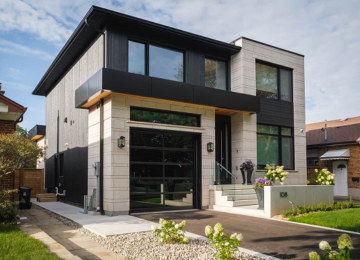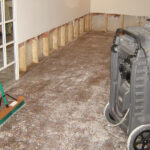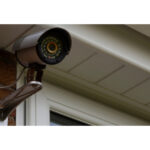While the building sector continues to be progressive, its global electricity consumption significantly contributes to the worsening of carbon pollution. According to the United Nations Environment Programme, the industry generates 37% of greenhouse gases, making it the largest emitter of toxic gases in 2023. Due to the worsening climate change and environmental degradation, stakeholders are pushed to invest in sustainable alternatives like energy-efficient buildings to reduce environmental impact.
Energy-efficient buildings aim to minimize the greenhouse effect and climate change through different materials, technologies, and design features. They promote sustainable energy use by incorporating natural ventilation, lighting, cooling, and heating. What makes energy-efficient buildings advantageous is that they can provide owners with high building performance and comfort without overconsuming energy.
Energy-efficient buildings can be attained through passive and active design applications. Passive designs use natural resources and elements like sunlight, airflow, and thermal mass to help mitigate energy consumption. Meanwhile, active designs use advanced technologies and systems like high-efficiency HVAC systems, LED light bulbs, and solar panels to carry out a building’s operation. Both strategies can work together to reduce a building’s energy usage and create environmentally friendly property.
Integrating passive and active designs needs the help of professionals who can provide practical solutions when building energy-efficient structures. Experts like NJ structural engineers are proficient in site construction and implementation of energy-efficient systems. In addition to consulting, they can also help with materials selection, construction oversight, and collaboration with other professionals.
For owners of existing buildings, consulting a building inspection engineer can help determine areas where energy efficiency may be added. These experts can help owners make informed decisions before implementing energy-efficient solutions.
Energy-saving strategies are a game changer in the building sector. By integrating energy-efficient buildings with passive and active designs, comfortable indoor conditions and environmental sustainability can be successfully achieved.
Check out this infographic to learn more about the anatomy of an energy-efficient building.











